FIT Celebrates Hip Hop’s 50th Anniversary with Fresh, Fly, and Fabulous: Fifty Years of Hip-Hop Style
The exhibit features over 100 garments, 3D videos of iconic natural diamond jewelry, and accessories that capture pivotal moments in hip-hop fashion history.
3D video made by Artpix
In a splashy opening night event this week, the Museum at FIT, Fashion Institute of Technology in New York, unveiled Fresh, Fly, and Fabulous: Fifty Years of Hip Hop Style in celebration of the 50th anniversary of the birth of hip-hop. It is the largest and most comprehensive exhibition to explore this revolutionary style, and it also marks the first time the museum examines fashion exclusively through one musical genre.
Over 100 garments, 3D videos of iconic natural diamond jewelry, and accessories capture the pivotal moments in hip-hop fashion’s evolution, ranging from Kangol hats and Dapper Dan jackets to custom diamond chains by Jason of Beverly Hills and Icebox and the Manolo Blahnik Okla Alta booties inspired by Timberland work boots.
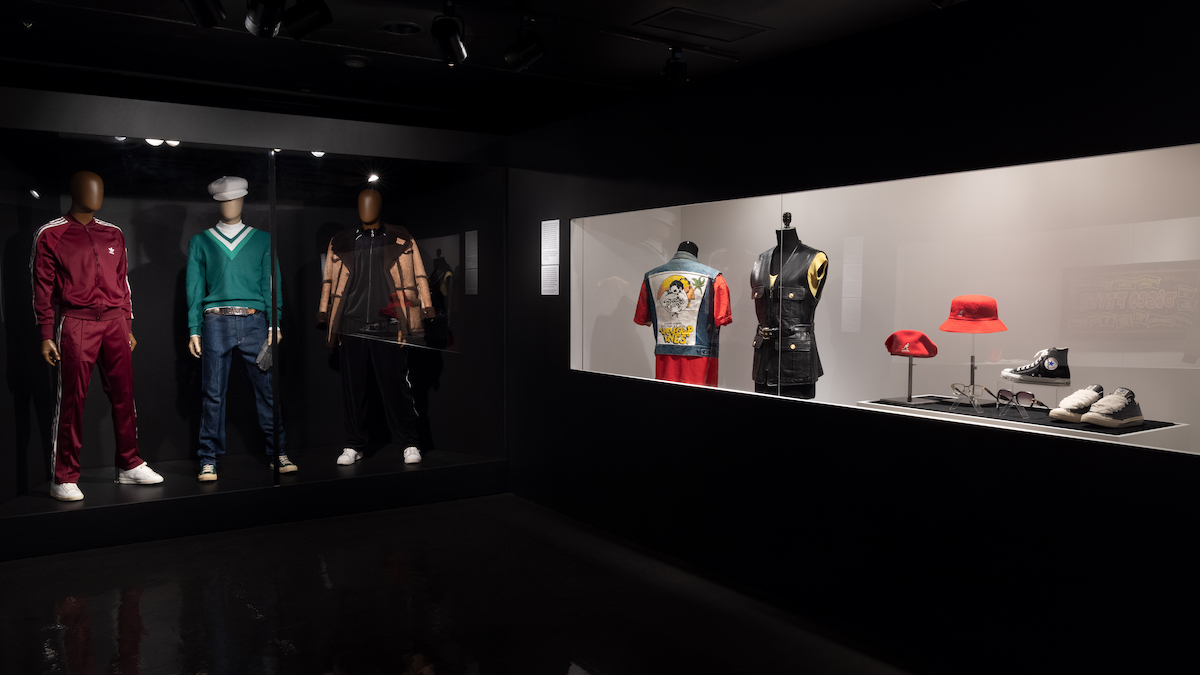
The exhibition is curated by Elena Romero, journalist and assistant chair of Marketing Communications at FIT, and Elizabeth Way, associate curator of costume at MFIT, whose previous exhibitions include Head to Toe (2021), Fabric in Fashion (2018), and Black Fashion Designers (2016). Romero is the author of the first comprehensive book on the exhibition’s subject matter, Freestylin’: How Hip Hop Changed the Fashion Industry (2012). Fresh, Fly, and Fabulous: Fifty Years of Hip Hop Style is designed by Courtney Sloane Design.
“It was important for The Museum at FIT to organize this exhibition because hip hop—the most influential music genre of our era—has had such a profound impact on the world of fashion,” notes Dr. Valerie Steele, director and chief curator, MFIT. “Furthermore, hip hop fashion and music are cultural expressions of the African and Hispanic cultural diasporas, which MFIT seeks to amplify as part of our goal to expand the understanding of fashion.”
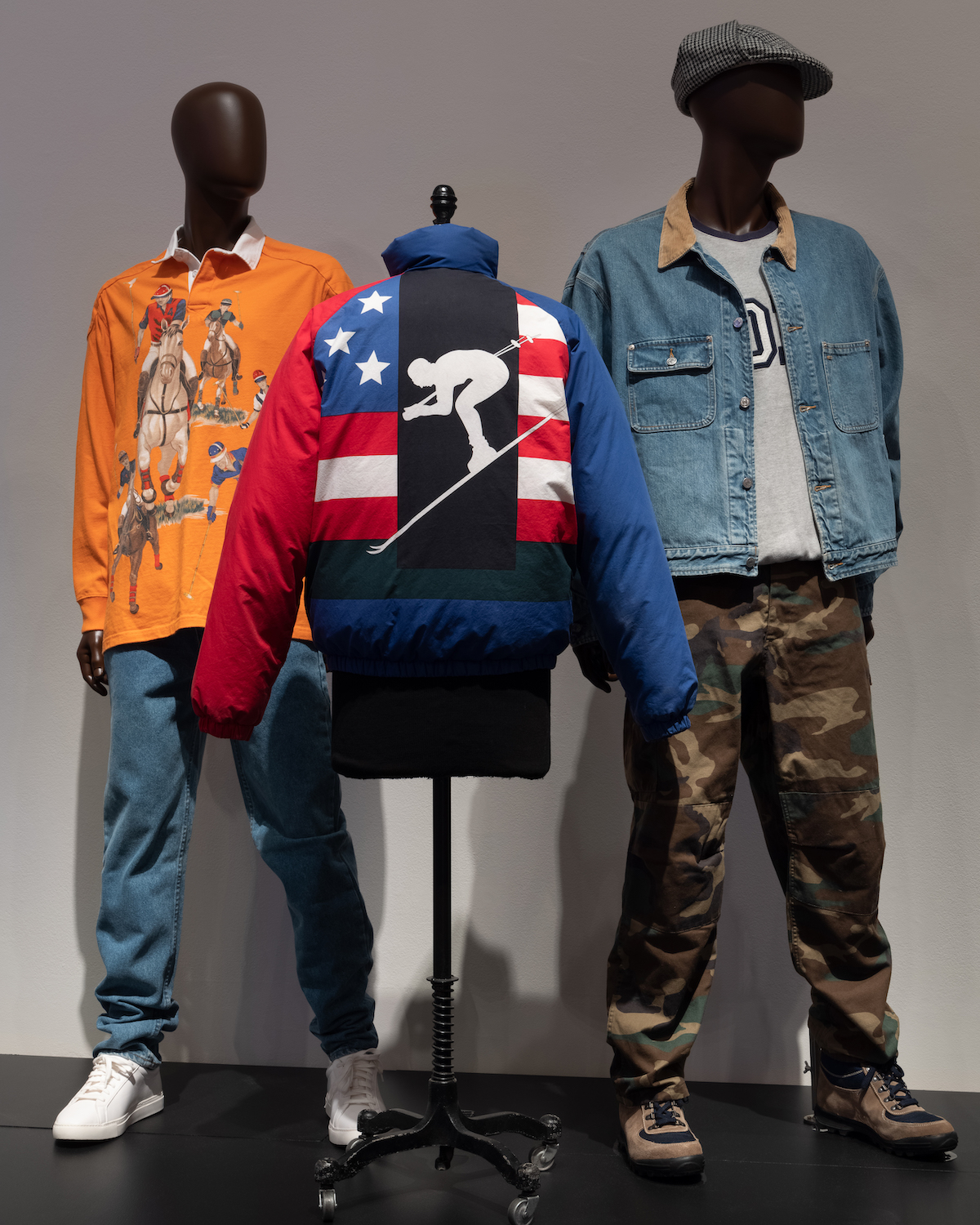
Visitors will see looks worn and made famous by artists Grandmaster Flash and the Furious Five, LL Cool J, Chuck D, Missy Elliot, Aaliyah, Khaled, and Cardi B, to name just a few. The exhibition will also feature designs by 5001 Flavors, April Walker, Misa Hylton, Cross Colours, Karl Kani, Shirt King Phade of the Shirt Kings, FUBU, Rocawear, Wu Wear, Mecca USA, Baby Phat, Pelle Pelle, Sean John, as well as Lee, Ralph Lauren, Tommy Hilfiger, Louis Vuitton, Gucci, and Versace, among many others. The iced-out natural diamond jewelry that has been a hip-hop staple since the beginning is showcased with detailed 3D videos of iconic pieces made for hip-hop artists over the years. Go-to hip-hop jewelry designers such as Jason of Beverly Hills and Icebox are featured with designs made for some of the genre’s biggest names, including Drake and Cardi B.
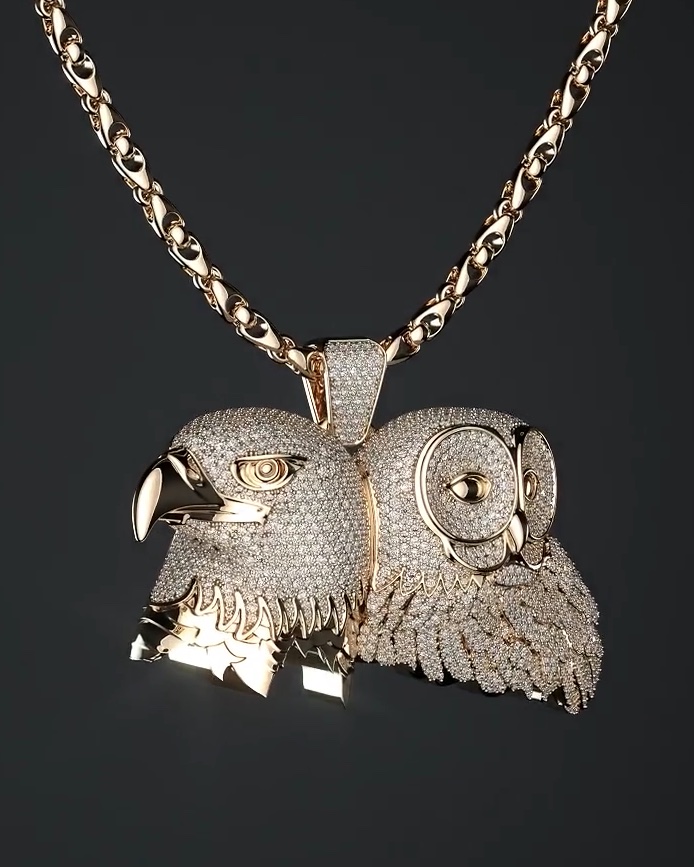
Museum-goers will learn the history and meaning behind the culture’s unique approach to jewelry, as personalization is a crucial aspect of hip-hop jewelry style. The ultra-prevalent oppression of marginalized young people of the 80s and 90s led to the wearing of substantial jewelry that demanded visibility. Large chains, nameplates, and pieces that spell out parts of your personality or culture did just that. Since natural diamonds have symbolized the height of luxury and wealth for thousands of years, they have been an aspirational statement in hip-hop since its beginning. As hip-hop scholar Vikki Tobak writes, “it’s almost impossible to separate the gemstones from the bigger narrative of politics, street savvy and historical complexity as well as our deep psychological need to show up and show out.”
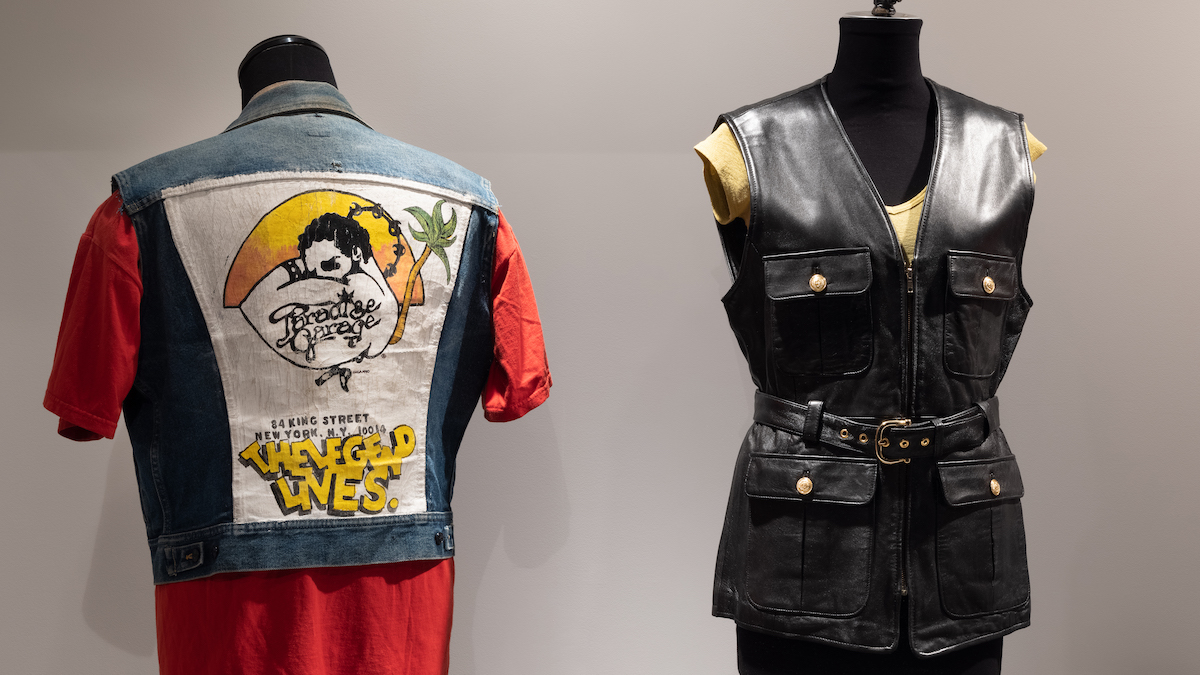
The exhibition examines the early club venues where hip-hop styles were showcased and the media, record companies, TV shows, and films that utilized fashion to promote hip-hop artists and ideas. Sections such as The Designer Dreams, High Fashion Does Hip Hop, Collaborations, and Hip Hop in High Fashion explore the genre’s evolving relationship with established designer brands, such as Jordache, Ralph Lauren, Louis Vuitton, and Gucci, and examine how significant custom designers, such as Dapper Dan and 5001 Flavors, made hip hop style unique. Fashion was popular for hip-hop entrepreneurs and artists to extend their musical personas. Many, including the creators of FUBU and Sean Combs, launched their fashion lines, which grew to become influential American brands. The Sports Influence and Pink sections are dedicated to inspirational sources for hip-hop style. Other areas examine how hip-hop has influenced fashion categories, including denim, outerwear, and formalwear. The exhibition concludes with a Celebrity Style section that explores the personal and stage style of trendsetting artists and a Hip Hop Glam section that illustrates the worldwide impact of hip-hop artists as red-carpet fashion icons in the 21st century.
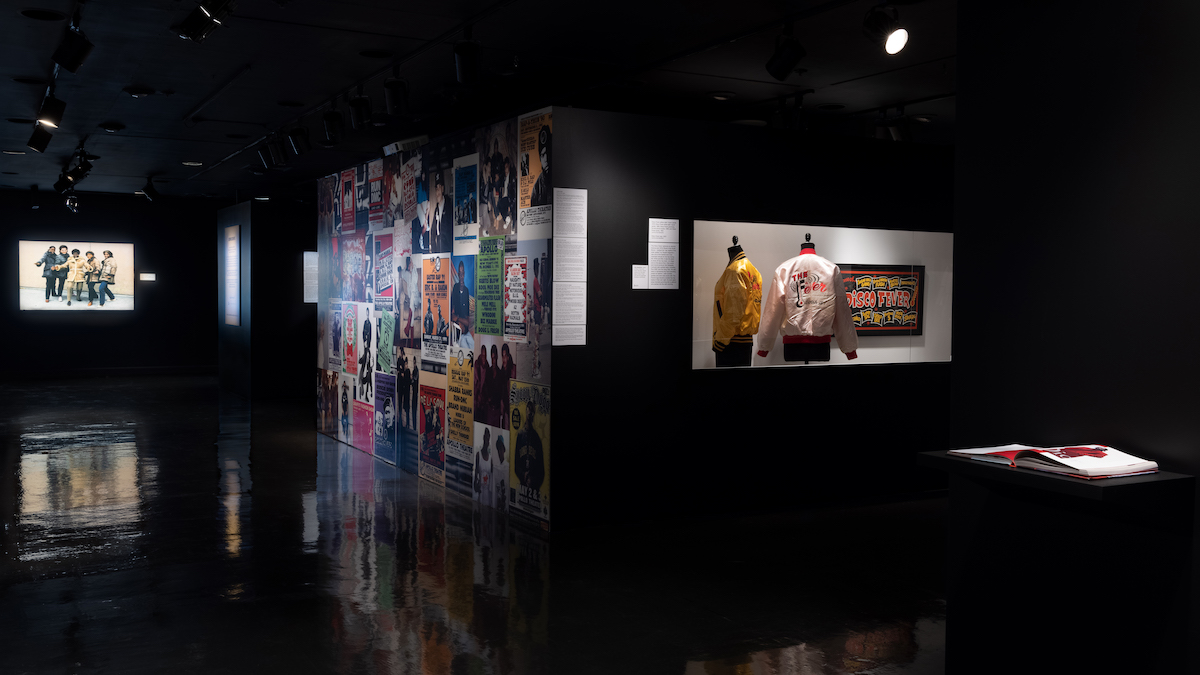
The exhibition is accompanied by the book Fresh, Fly, and Fabulous: 50 Years of Hip Hop Style, published by Rizzoli with a foreword written by Slick Rick, and a symposium on February 24 that will be free and open to the public. The museum is open Wednesdays, Thursdays, and Fridays from noon to 8 pm and Saturdays and Sundays from 10 am to 5 pm. Admission is free, and the exhibition will run from now until April 23, 2023.
